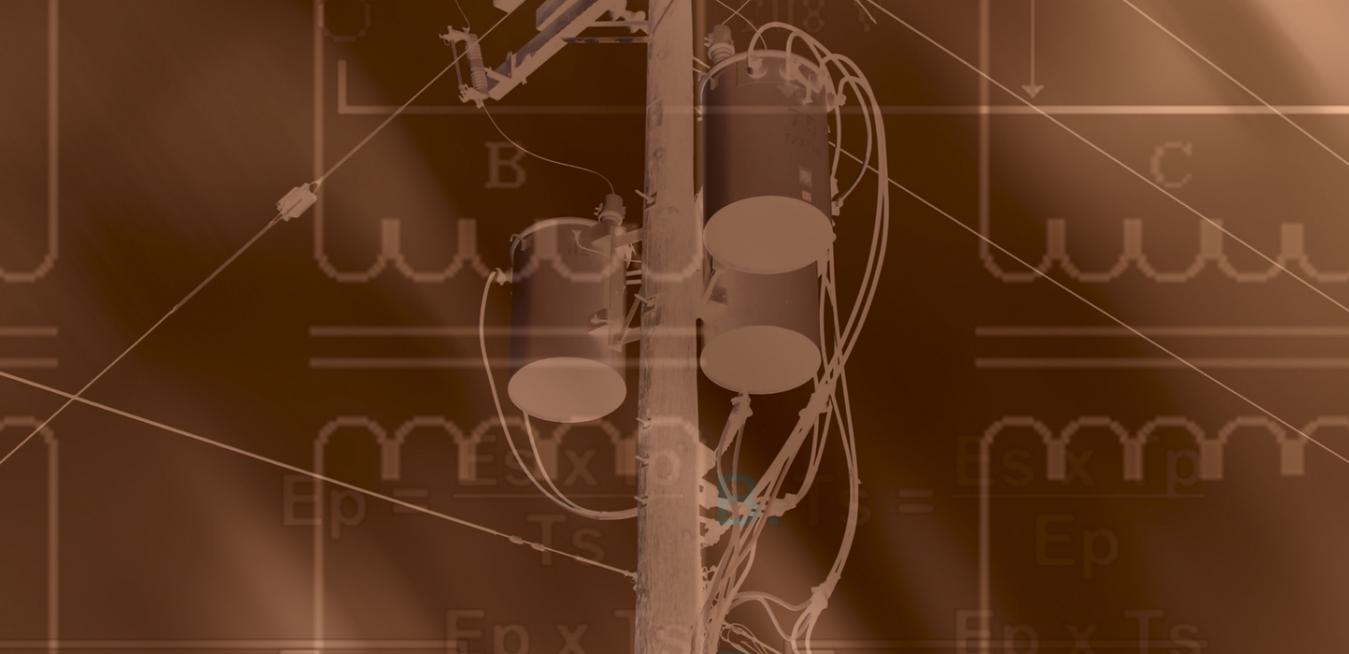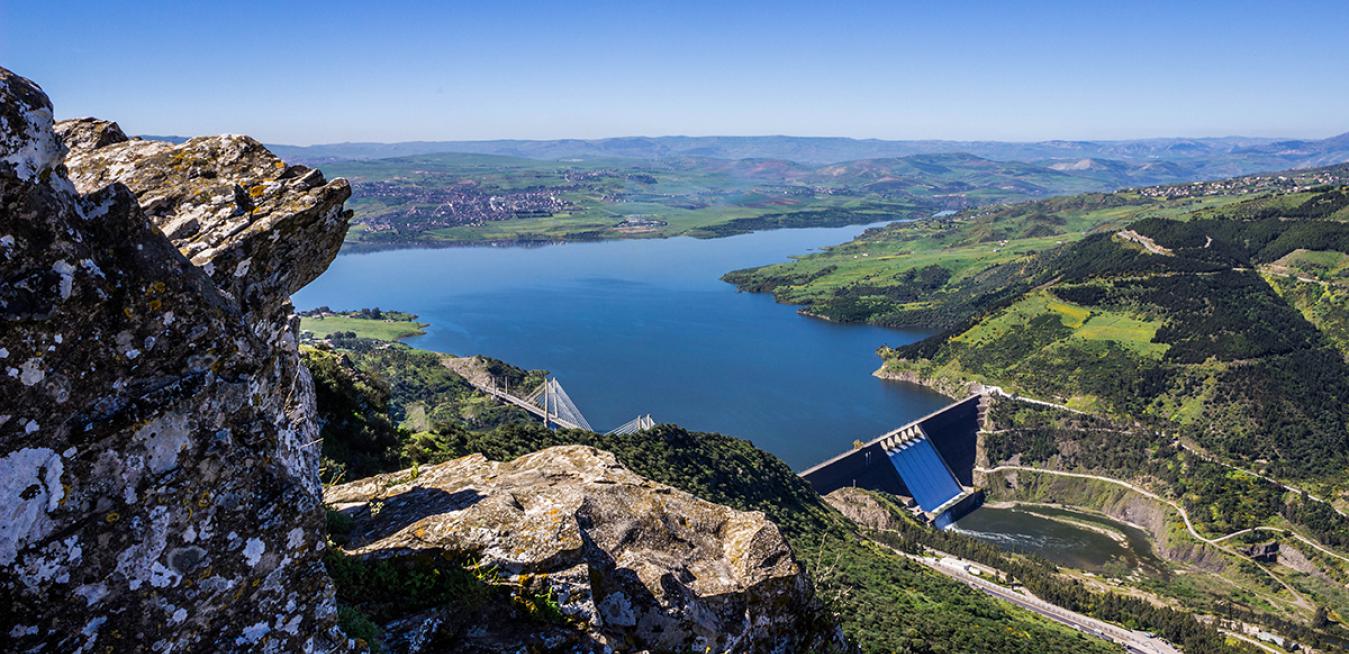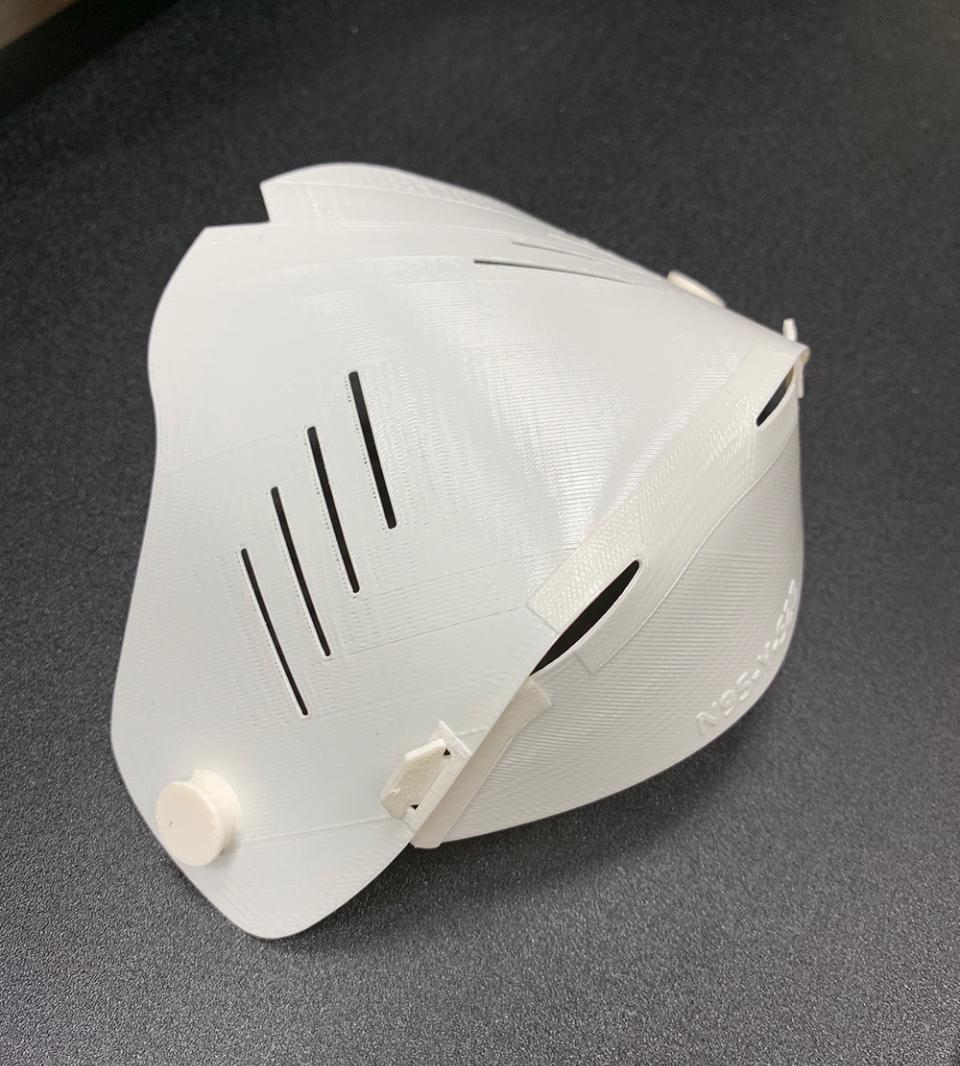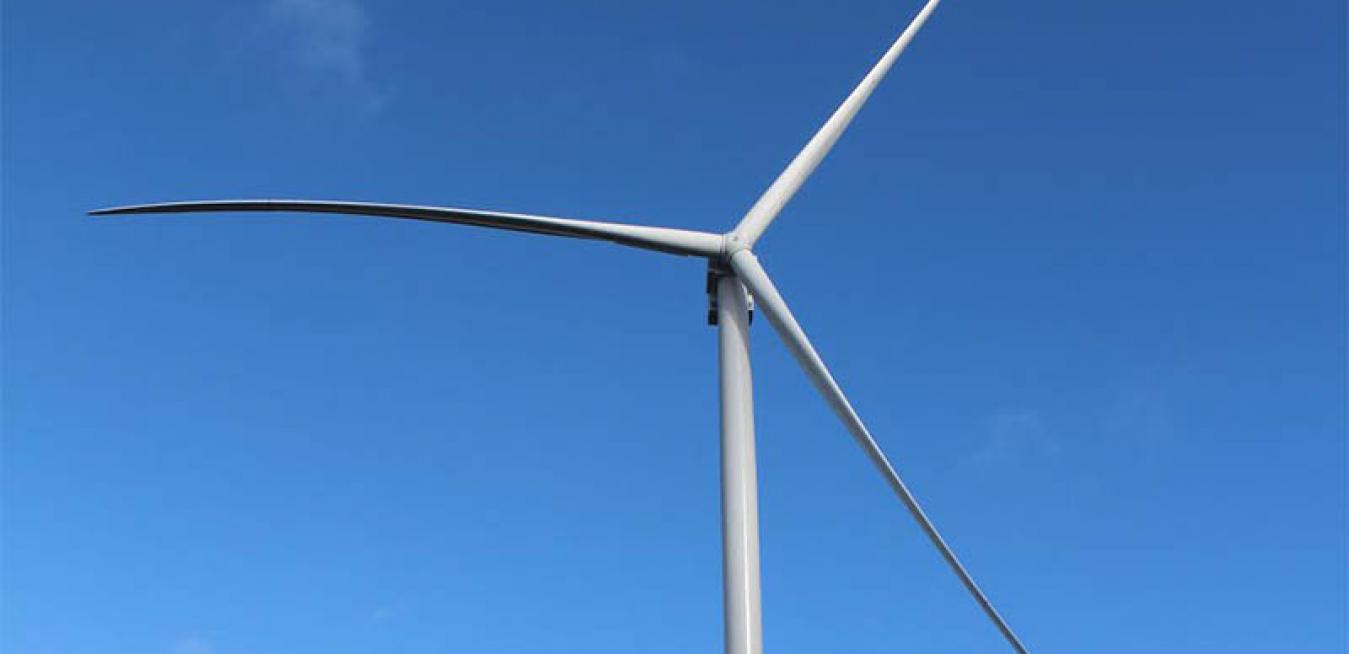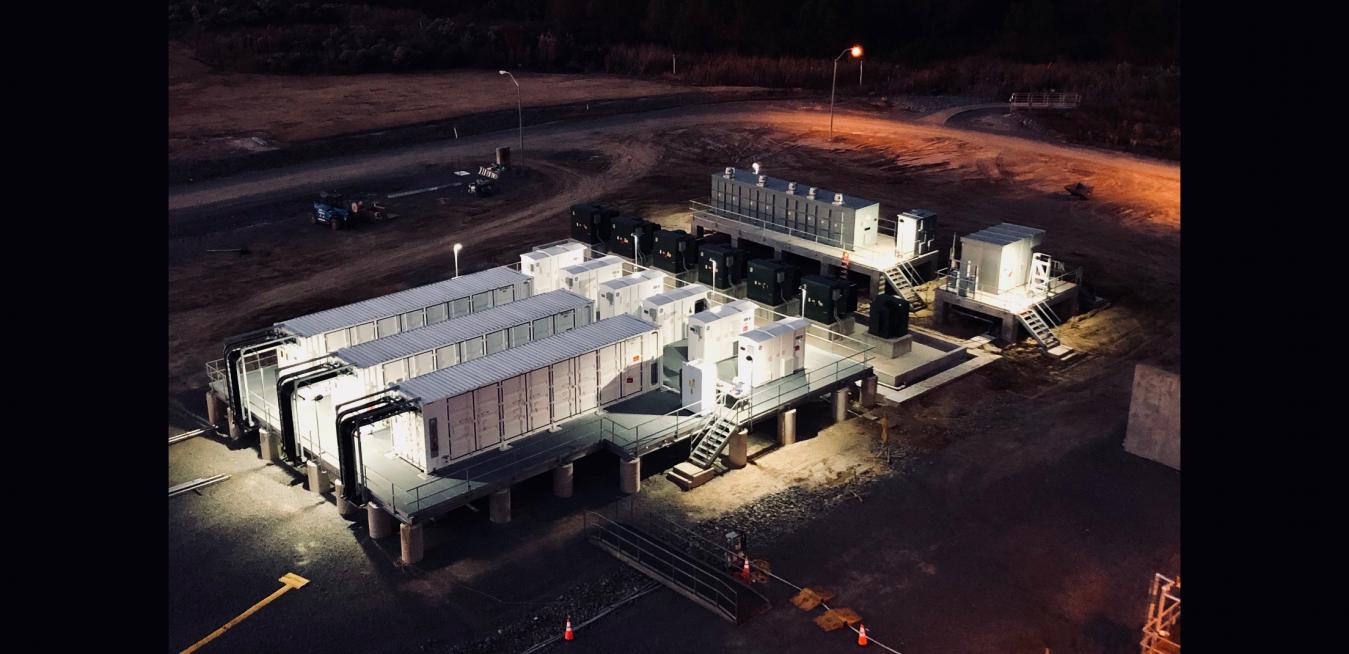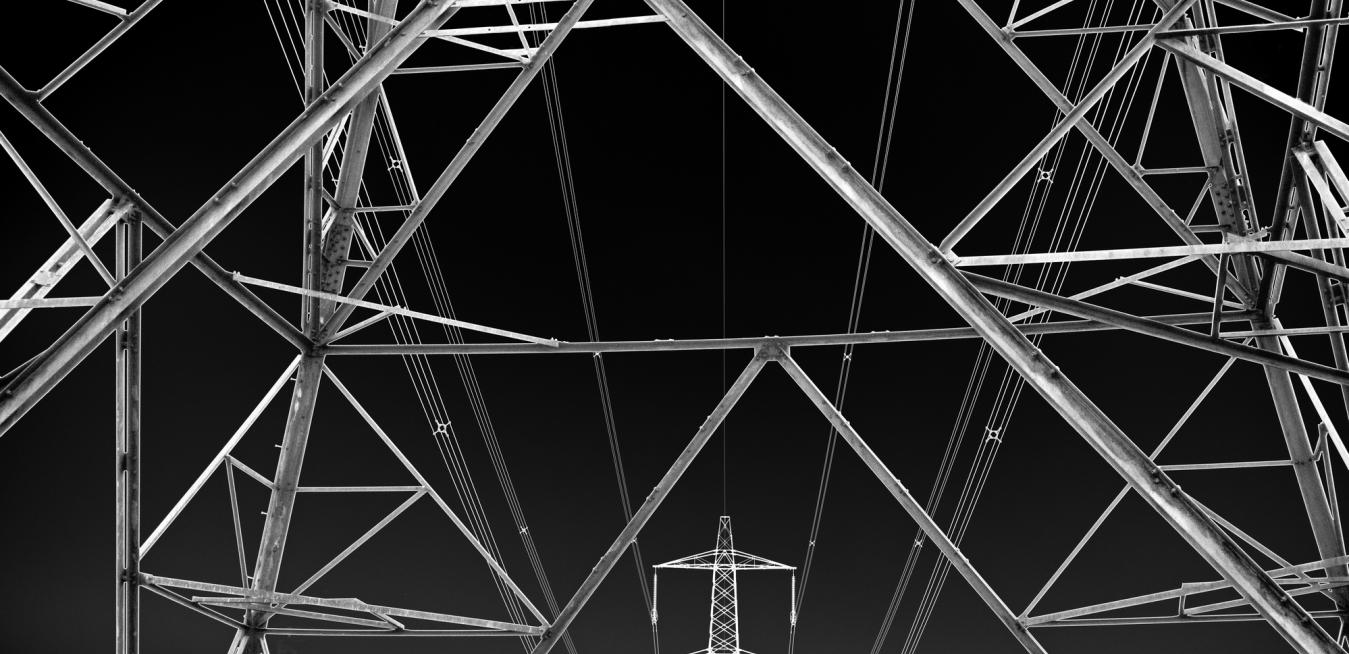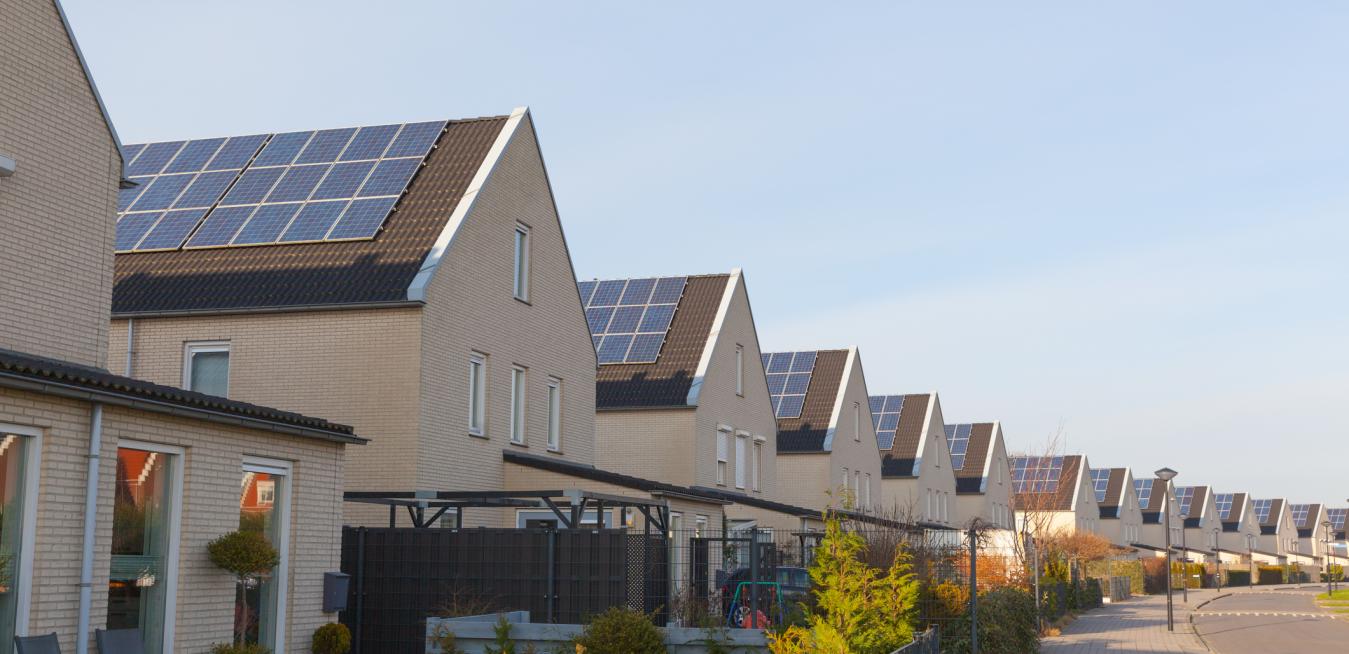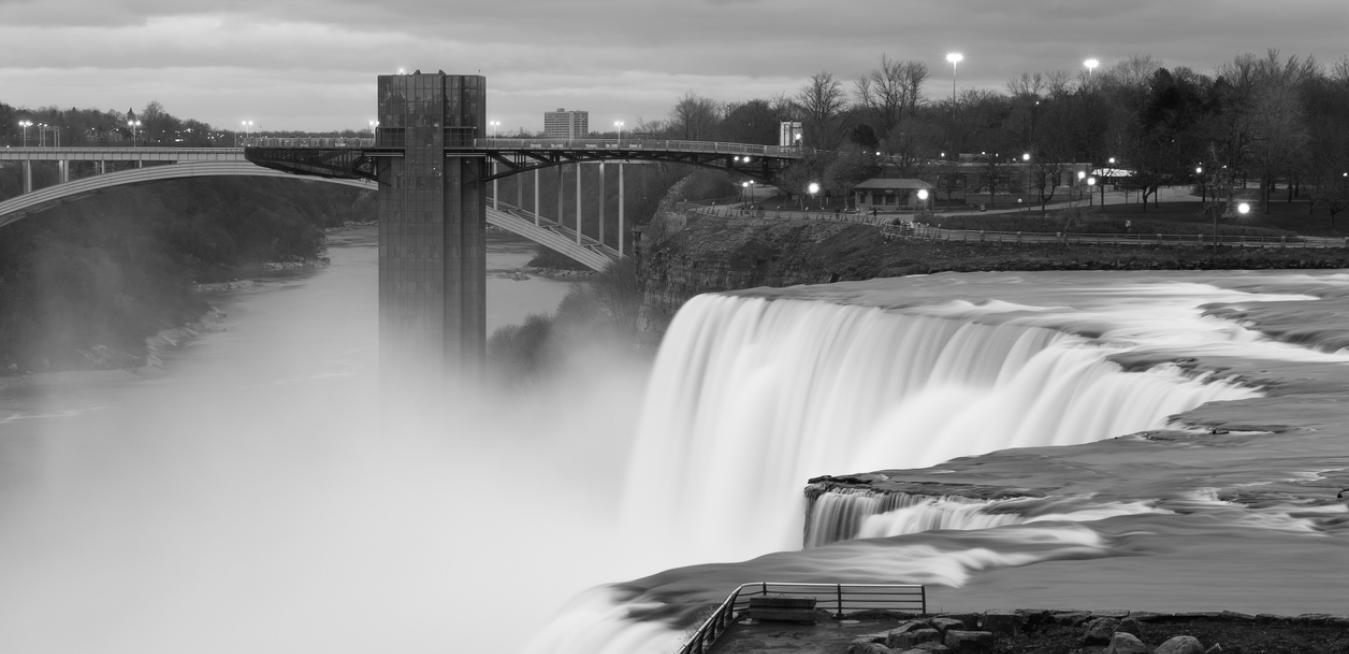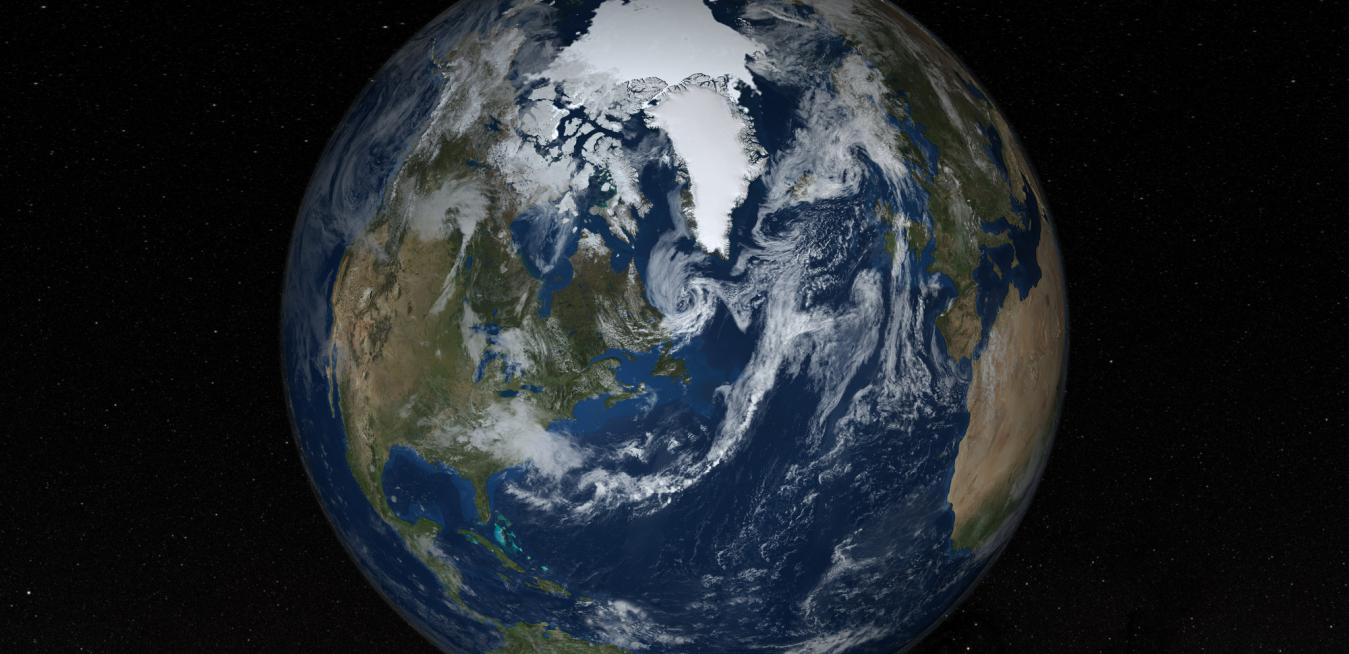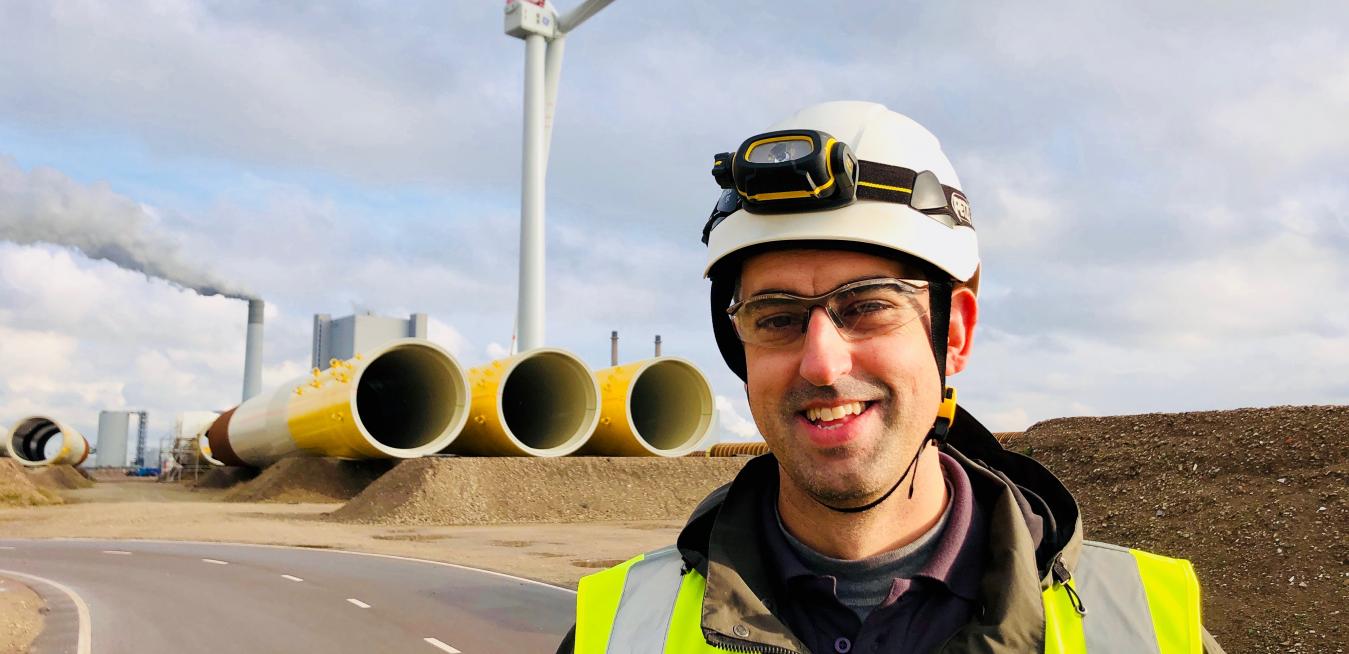Renewables have long been the fastest-growing segment of the power-generation industry. But according to a new report from the International Energy Agency, there is even more dramatic growth ahead.
The North African country of Algeria is blessed with natural resources, including 12.2 billion barrels of oil and 4.2 trillion cubic meters of natural gas, most of which are buried deep beneath the broiling sands of the nation’s southern regions. What this mostly desert country is not blessed with, though, is an abundance of water.
As COVID-19, the disease caused by the new coronavirus, started cropping up across the United States in March, Caroline Shaw knew the pandemic would alter many parts of her job as a sourcing manager at GE Renewable Energy’s wind turbine factory in Pensacola, Florida. What Shaw hadn’t expected was for the virus to present her with a problem that seemed to have no simple solution.
With a rotor diameter of 158 metres, GE's Cypress platform wind turbines will be the largest in Asia
GE’s Cypress platform wind turbines used in the second phase of the Mui Ne wind farm invested by The Blue Circle and AC Energy will be the largest rotor diameter for an onshore project in Asia (158 metres) and will be the first to transport blades in two pieces before assembly on site.
We may take it for granted, but the electrical grid is one of the most remarkable systems around, sending electricity through thousands of miles of power lines into millions of homes and charging up billions of devices. Traditionally, it’s also been a centralized system, where the hub of a power plant pushes out energy into the spokes toward every end user. Climate change means that has to change, though — and in ways you may not expect.
The peculiar machine described in the 1920 issue of GE Review — essentially a giant engine designed to produce no mechanical power — seems like nothing more than a charming relic from the early years of electrification. Yet the device, known as “synchronous condenser,” turns out to be far more than a steam-era oddity, as the engineers in charge of today’s electric grid are discovering.
António Guterres did not mince words. “The point of no return is no longer over the horizon,” the United Nations secretary-general said in a speech last month as he kicked off COP25, the U.N.’s much-anticipated climate change conference in Madrid.
Standing at the windswept mouth of the Port of Rotterdam on Maasvlakte 2, an enormous artificial peninsula that juts like a giant lobster claw into the choppy North Sea, Alex Saldana couldn’t be further away from the throngs of tourists strolling past Holland’s picturesque canals and visiting its renowned museums. But that doesn’t mean he doesn’t have to worry about crowd management.
